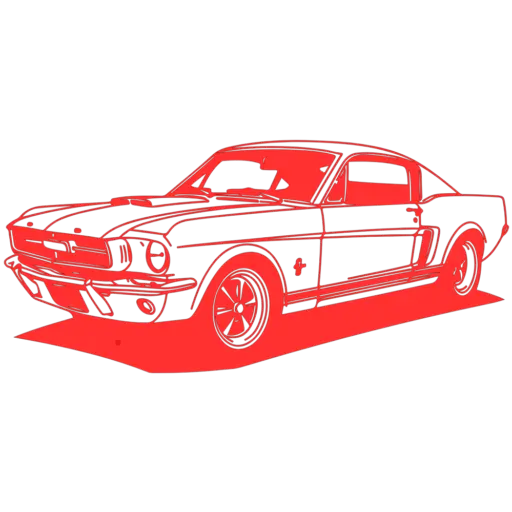Finding rare parts for classic cars It's an art. And if you're here, it's because you've already experienced firsthand what it means to search for that specific piece that seems to have disappeared from the face of the Earth.
I've been there too. I've explored obscure internet forums, scoured auto parts markets hoping to find that lost gem, and dealt with sellers who think they're holding gold. The truth is, finding rare parts isn't a matter of luck. It's about strategy, patience, and, often, being in the right place at the right time.
Today I want to share with you what I've learned over years of hunting: how to find rare parts for classic cars.
The power of community
When I started restoring my first classic, a 1967 Ford Mustang FastbackI had no idea where to find the parts I needed. I looked in stores, junkyards, and nothing. It was only when I got involved in collector groups that I understood the key: community.
True classic car enthusiasts help each other. Forums, Facebook groups, and even WhatsApp chats are gold mines. That's where you find people who've been through the same thing as you, who know where to look, and, even better, who sometimes have the exact part you need in their garage. The best thing you can do is make yourself visible, participate, contribute value, and when you least expect it, someone will give you the tip that will change your search.
How to prevent corrosion in antique and collectible cars
Fairs and flea markets: the hidden treasure
If you've never been to an auto parts fair, you're missing out on an almost religious experience. I've found parts there that I never thought I'd see in person. Once, at a market in Buenos Aires, I found an original carburetor from a 1955 Chevrolet Bel Air in perfect condition. For me, it was like finding a nugget of gold in a dry riverbed.
My advice: go early, bring cash (many vendors don't accept cards), and be patient. You have to check out each stall, ask questions, and, above all, be ready to bargain. Because yes, haggling is part of the game.
Junkyards: The Last Refuge
There's a special charm in walking among rows of dusty old cars, hoping to find something useful. Junkyards are unpredictable: sometimes you come away empty-handed, other times with the equivalent of a treasure trove of parts. But here's the trick: the key isn't just going, it's getting to know the owners.
I have a couple of contacts at some salvage yards who let me know when something interesting comes up. How did I achieve this? Simple: be consistent and build a relationship with them. Next time you go, don't just ask for parts; start a conversation, show interest, and leave your contact information. In the long run, this can save you months of searching.
Importing may be the solution
If all else fails, importing the part may be the only option. I've brought parts from the United States, Germany, and even Japan. Sure, it's not cheap, but sometimes it's the only way to get exactly what you need. My recommendation is to look for trusted suppliers and make sure what you're buying is original. Platforms like eBay and sites specializing in classic car parts can be very helpful.
Patience is everything
If there's one thing I've learned over the years, it's that restoring a classic car is a test of patience. You won't always find what you're looking for right away, but every piece you add to your project is a victory.
So, if you're on that never-ending search for a rare piece, don't give up. Talk to other collectors, visit fairs, visit salvage yards, and, if necessary, cross borders to find what you need. Because in the end, when you finally fit that piece into your car and hear the engine roar again, it will all be worth it.

Passionate about classic cars for as long as he can remember, Javier Montoro has dedicated his life to the search, restoration, and preservation of true gems on wheels. With years of experience purchasing, restoring, and maintaining vintage vehicles, he shares his knowledge, stories, and lessons learned on this blog.

